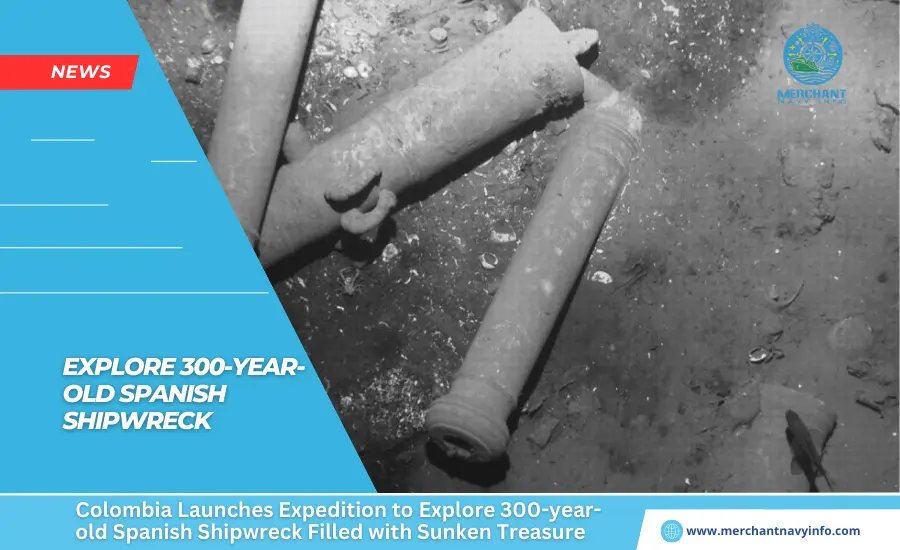
The Historic Discovery of San José
Colombia has embarked on a groundbreaking underwater expedition to explore the San José, a Spanish warship that sank over 300 years ago. This historic shipwreck, believed to hold billions of dollars in artefacts, lies off the coast of Cartagena. Discovered in 2015 by the Colombian government, the San José is often referred to as the “holy grail of shipwrecks.”
The Ill-Fated Voyage of San José
The San José was a formidable 62-gun, three-masted galleon, the largest in the Spanish fleet. It was transporting gold, silver, emeralds, and other treasures from the mines of Potosi, Peru, to Colombia when it sank on June 8, 1708. This tragedy occurred during a battle with British ships in the War of the Spanish Succession, resulting in the loss of approximately 600 lives.
Initial Phase of the Expedition
The first phase of this ambitious expedition focuses on photographing the ship using non-intrusive remote sensors. The Colombian Institute of Anthropology and History (ICANH) emphasized that this step will create an inventory of the archaeological discoveries on the seabed. This meticulous documentation is crucial for preserving the ship’s scientific and archaeological value.
Advanced Technology in Exploration
Researchers plan to use advanced underwater vessels equipped with acoustic positioning technologies and remote operation vehicles (ROVs). These sophisticated tools can descend to the depths of the site, providing detailed images and data. This technology-driven approach ensures minimal disturbance to the wreck while gathering valuable information.
A Protected Archaeological Area
ICANH has declared the discovery site a national protected archaeological area. This designation aims to preserve the site’s scientific and archaeological integrity, allowing future generations to study and appreciate its historical significance.
Understanding History Through Exploration
Culture Minister Juan David Correa highlighted the expedition’s unprecedented nature. He emphasized that exploring the San José offers a unique opportunity to understand history and culture. The artifacts and clues found on the ship could shed light on Europe’s economic, social, and political climate in the early 18th century.
Billion Dollar Legal Battle Over Rights
The discovery of San José has not only historical but also significant legal implications. A US-based marine salvaging company, Sea Search-Armada (SSA), claims to have discovered the shipwreck in the early 1980s. SSA has launched a legal battle against the Colombian government in the Permanent Court of Arbitration, seeking approximately $10 billion, half the estimated value of the treasure.
Colombia’s Stand on the Dispute
Colombia maintains that it first discovered San José in 2015, with assistance from international scientists. The government disputes SSA’s claims and asserts its right to the shipwreck and its contents. This legal battle underscores the immense value and historical significance of the San José.
Economic Impact of the Shipwreck’s Loss
The sinking of the San José had far-reaching economic repercussions. The loss of its cargo caused financial hardships for merchants throughout Europe and the New World. This historical context adds another layer of importance to the ongoing exploration and legal disputes.
Conclusion
Colombia’s expedition to explore the San José is a monumental step in uncovering a significant part of history. The use of advanced technology and meticulous documentation ensures the preservation of this invaluable archaeological site. As the legal battle continues, the world watches with keen interest, eager to learn more about the treasures and stories hidden beneath the Caribbean Sea.










